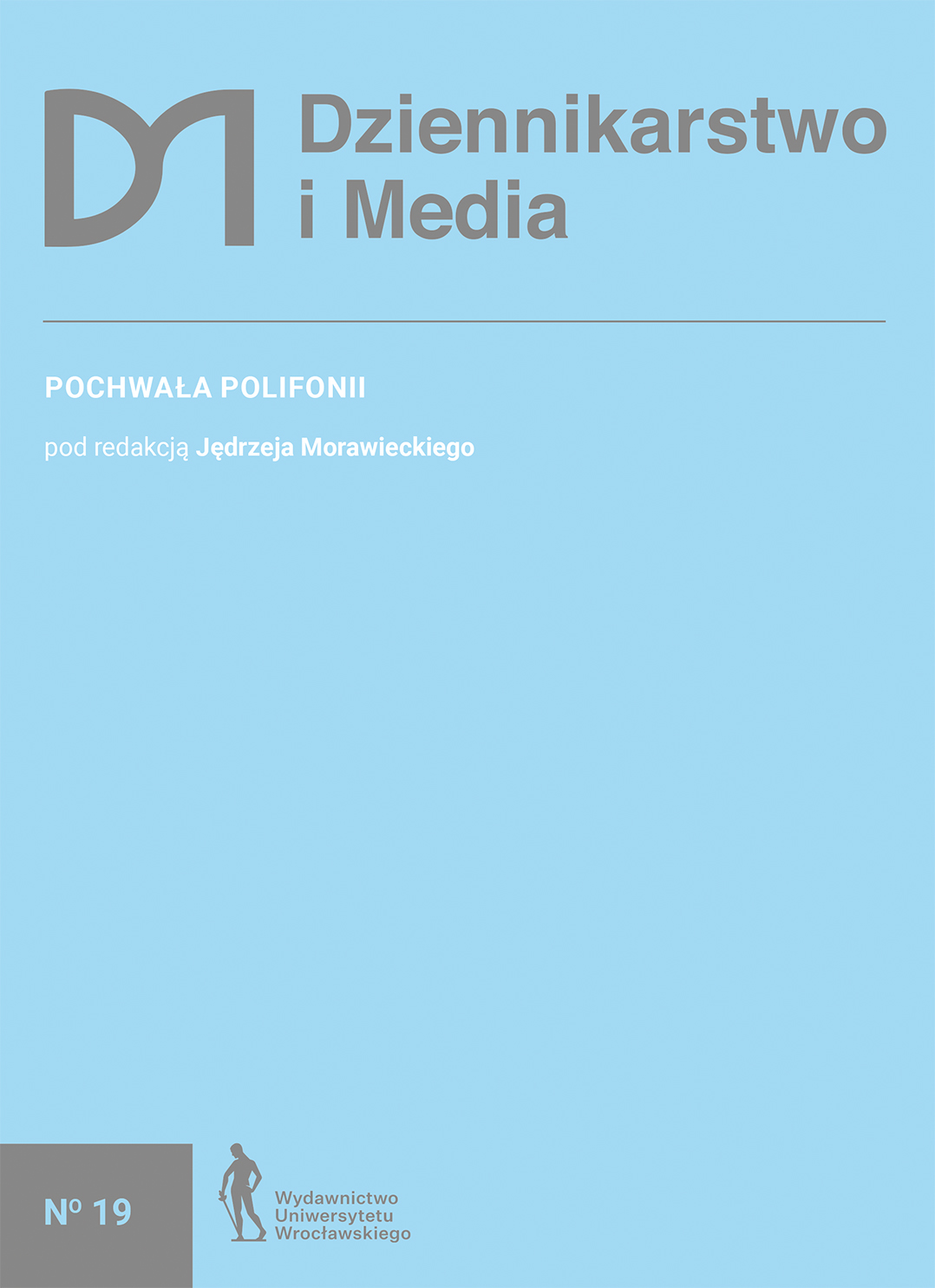

Articles

The main purpose of the article is to place narrative medicine within the framework of hermeneutics and orchestrated communication, contrasted with engineering communication. Its model, referred to as the influence scheme, was built for the needs of the sciences in the United States, and originated from a research tradition in the late 1940s and early 1950s born in the circle of engineers and scholars conducting research on the functioning of the telegraph, and later transferred and popularized in the humanities. The author of the article accepts the thesis that there has been a coincidence of the broader scope of the influence model with the so-called Flexner model, which in the early 20th century revolutionized the education of American practicioners, gave medicine the biomedical status and proclaimed the triumph of technology, and reduced the patient to the position of an object. My article testifies against the process of technologization of medicine at the expense of culture and points to the need for a more personalistic approach to the patient. The road to metamorphosis within the doctor-patient communication is opened by the literature, treated in narrative medicine as a great ethical and communicative laboratory. It allows not only to remodel the relationship with the patient, but also enables the physician himself to deepen selfreflection and a sense of being a person. The “investigative process” presented in the article leads from an analysis of the model of influence, disseminated in the United States along the lines of sectarian approach, to a reflection on Freud’s psychoanalysis theory brought to America and then disseminated, including in a sectarian manner, and popularized after its “conversion” in a naturalistic fashion.